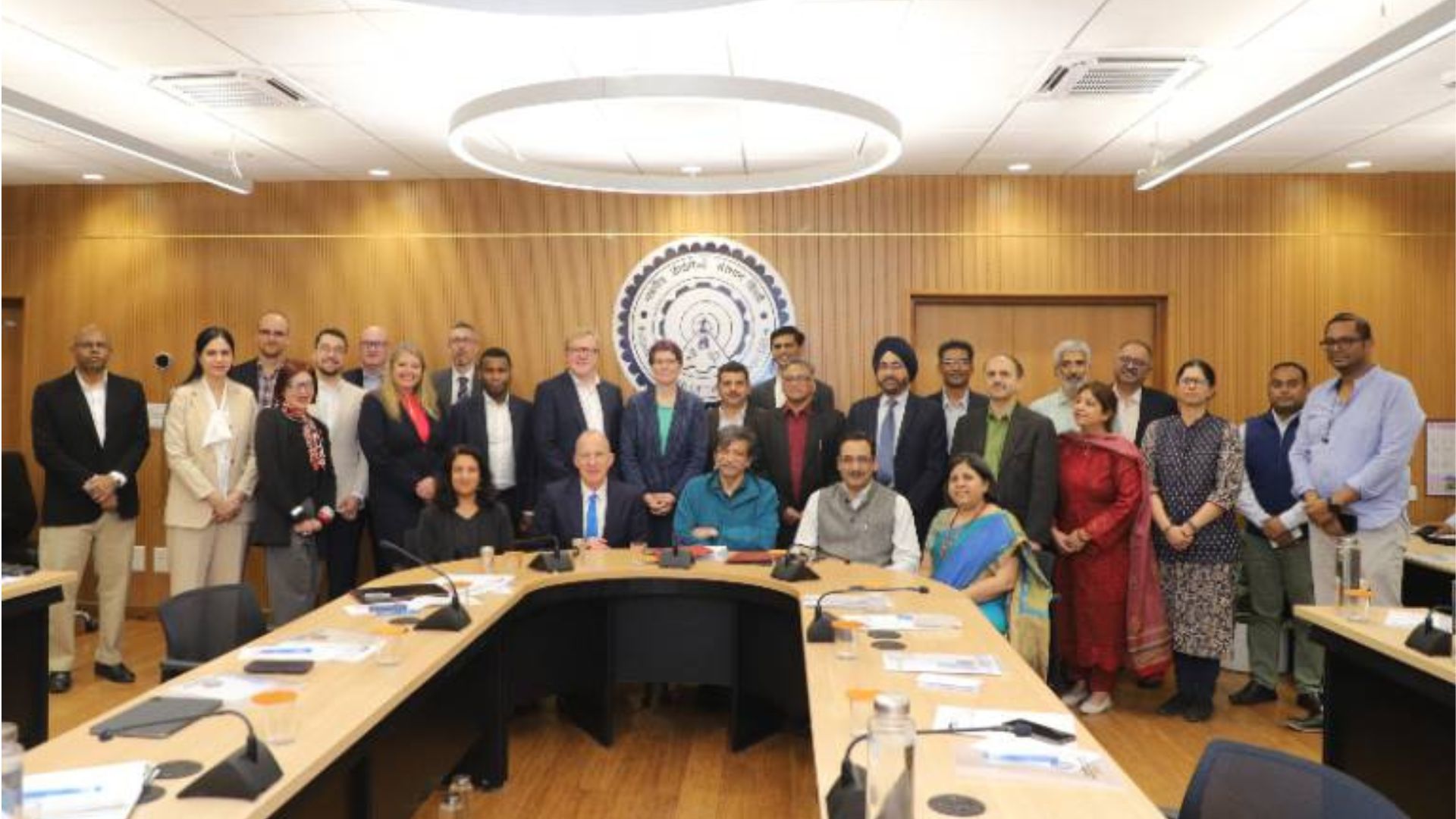
Stemming from the word ‘biophilia’ (which means ‘loving living things’), biophilic designs are harmonious with nature and encourage sustainable practices. There is an inherent need for close proximity with nature that even in the modern world continues to be essential to people’s productivity, physical and mental health and wellbeing. Features of Biophilic Design include the direct experience of nature through exposure to light, air, water, plants, animals and weather. Here’s a look at the Indian landscape of some established architects and building designs from office spaces to hospitality and residences, to get an insider’s view of eco-friendly, biophilic designs.


American biologist Edward O Wilson popularised the term ‘biophilia’ in the 1980s, when he observed how the increasing rate of urbanisation was leading to a disconnect with the natural world. The concept of biophilia suggests that we all have a genetic connection to the natural world, built up through hundreds of thousands of years of living in agrarian settings.
It has been documented by multiple studies that people who are more connected with nature are happier, feel more energized and have more fulfillment in their lives. Recognising and understanding this need, modern-day developers and architects have started integrating elements of biophilic design and made it the new normal for the many residential and commercial projects. This innovative way of designing integrates natural elements of light, colours, aesthetics and ventilation in the place of work and home, to create tranquility that rejuvenates the mind and soul.
When it comes to biophilic design, it’s not adding a few plants here and there. Incorporating nature into your home and office can be done through light, colour, materials, patterns, textures, sounds. The use of natural materials like wood, wool and stone connects the interiors to nature. Similarly, colour and textures within fabrics can be used to add a sense of warmth, familiarity and comfort. Dual aspect floor-to-ceiling glass windows are becoming very popular to ensure the inflow of fresh air and daylight.
The architects at Neogenesis +Studi0261 define biophilic design as, “an inventive approach to bind this concern of binding nature with built spaces in order to create the comfortable natural environment for us to work and live a healthy life together.”
The client for this project was a farmer whose requirement was for a 6BHK house on a tight budget. The inspiration for the house stemmed from both its location, since it is located on the fringe of the city surrounded by semi urban row houses. And from that, the concept of creating ‘urban farming’ using the balconies and terraces and vacant spaces to add green inside and outside the house. The eco-friendly Jungalow house does not have any AC’s and the clients are totally comfortable with it.
Eco Friendly | The House Cast in Liquid Stone, SPASM Design Architects, Mumbai.
Sangeeta Merchant and Sanjeev Panjabi of SPASM Design Architects created poetic interpretations through their architectural landscape. With inspirations that are Geoffery Bawa-esque, SPASM Design believes that there are no definitions for biophilic design. To them, it is second nature to live between the inside and out, and have a seamless contact with flora and fauna.
The Biophilic design landscape is evolving. It is becoming increasingly executed for client and architectural firms alike. With the growing desire to be connected to nature it blurs the line that divides the indoors and green environs. I reckon this integration can potentially reduce the need pricey vacations overseases, no?















